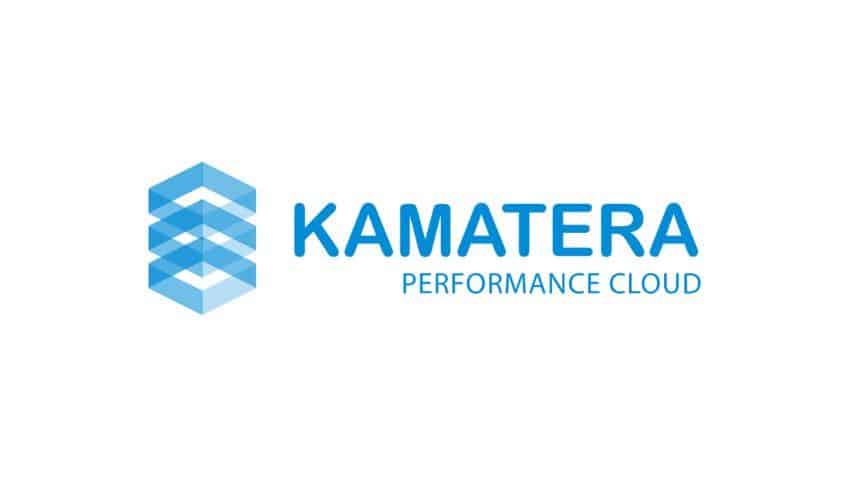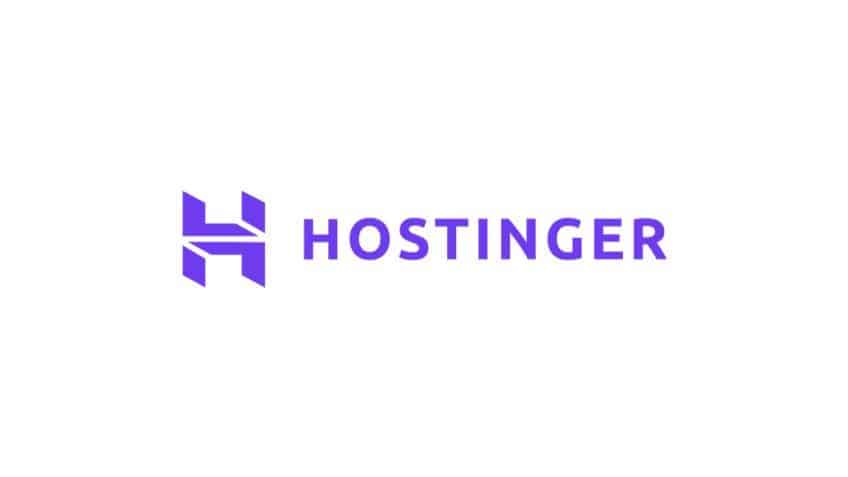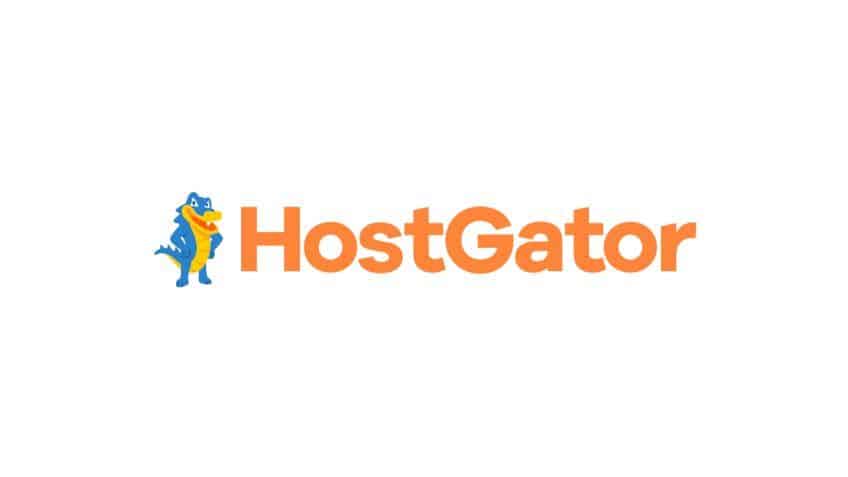Shared hosting is a great place to start new websites or maintain low-traffic sites. But as you grow, you’ll need something better–VPS hosting is one of the more affordable ways to get more resources and control.
Is VPS Hosting Right for You?
We’ve used just about every host out there at one point or another–we also conduct thorough testing of all the hosting providers we review. The site you’re looking at now uses managed WordPress hosting. It’s a great choice for WordPress users who you don’t want to worry about hosting at all. It’s nearly hands off, but it’s expensive.
Cloud hosting is another option if you’re ready to upgrade from shared hosting. It’s more customizable if you’re a developer and know your way around a server.
VPS hosting is somewhere in between. It does require some knowledge of how hosting works, but you don’t need to be a developer or know one to use it. It usually comes with a visual control panel (like cPanel) that makes managing your sites pretty straightforward.
If VPS sounds like a good fit, these are our top recommendations:
- Kamatera — Virtually unlimited scalability
- Hostinger — Most affordable VPS hosting
- Bluehost — Tons of storage on every plan
- HostGator — Nearly identical to Bluehost
- LiquidWeb — Memory and CPU optimized plans
- A2 Hosting — Cheap unmanaged VPS plans
- Scala Hosting — Customize resources based on traffic
At the end of the day, it really doesn’t matter which VPS hosting provider you choose. Sure, some are cheaper, use different operating systems, have varying features, different levels of resources, etc. If you care about those things, it’s easy because you know exactly what you want.
But if you’re not sure what you want, Kamatera is a good place to start.
Kamatera — Virtually Unlimited Scalability

Kamatera is a cloud-based VPS hosting provider–with it, you can add new servers as required, start and stop servers at any time, and add new databases as you grow. It truly is one of the most scalable VPS services out there.
You can also use Kamatera to host just about anything–email, CRM software, ERP solutions, VoIP systems, apps, websites, you name it.
Unlike other providers with set plans, you’re able to choose the exact resources you need when you need them. At sign up, you can configure the server type, number of CPU cores, data center location, RAM, storage, operating system, bandwidth, number of IP addresses, and desired control panels.
When you need to scale up or down, you get the same level of control. Just need more storage? No problem. Need extra bandwidth to support a promo or viral traffic? It takes just a few clicks.
Kamatera offers managed (starts at $54 per month) and unmanaged options (starts at 4$ per month), depending on the flexibility you need and your technical abilities. While the unmanaged plans start cheaper than Hostinger, Hostinger’s cheapest plan is managed for you (and therefore, much easier to use).
Hostinger — The Most Affordable VPS Hosting

Hostinger offers fast and reliable servers with some of the best pricing of any VPS host on our list.
The cheapest plan is $4.49 per month if you sign up for four years. After that, you’ll only pay $7.99 per month. It’s honestly comparable to many shared hosting plans–it really is a great deal for what you get:
- 4 GB of RAM
- 50 GB of NVMe storage
- 4 TB of bandwidth
- A dedicated IP address
- Weekly and on-demand backups
- Free malware scanner
Most budget or low-end VPS hosting providers don’t give you control over your operating system–you get what you get. However, Hostinger gives you full control if you need it. You can choose from CentOS, Ubuntu, Debian, Rocky Linux, and AlmaLinux. All you have to do is choose your desired OS during sign up and it’s automatically installed for you.
Hostinger’s custom control panel is one of our favorites, too. It’s clean, uncluttered, and very easy to navigate. Compared to cPanel, it’s easier to use on day one with virtually no learning curve.
One of the cooler Hostinger features is its AI assistant–you can use it to configure firewall rules, create scripts to backup MySQL databases, and more. It’s a smart AI application that makes everything a bit easier.
Overall, Hostinger‘s an excellent value with affordable scalability, great features, and a straightforward interface.
Bluehost — Tons of Storage On Every Plan

Bluehost is often pushed as the best hosting provider out there. We disagree–the “best” doesn’t really exist. There’s nothing wrong with Bluehost, but it’s not the cheapest, most powerful, most scalable, or most feature-rich.
However, it does offer a ton of storage space on every plan. The cheapest one comes with 120 GB, which is 3x what most give you.
It could work well if you plan to host a lot of videos, large images, or other heavy media files. It may also work well if you want to host multiple websites on one VPS server as you’ll have plenty of storage to split between them.
Other than that, Bluehost is a standard VPS provider. You get all the essentials–root access, an SSL certificate, unmetered bandwidth, and a free cPanel license.
It uses a custom version of cPanel meant to make things easier for you. Common settings are front and center, but you’ll have to dig to get to the more advanced tools. It’s a simplified option that makes things straightforward for non developers.
Bluehost’s VPS plans start at $31.99 per month if you sign up for three years. When it’s time to renew, you’ll pay $81.99 per month.
It sounds expensive because it is. The good news is that you won’t have to pay extra for cPanel licenses. However, similar plans with Hostinger and its custom control panel cost less than $10 per month.
HostGator — Nearly Identical to Bluehost

HostGator is owned by the same company as Bluehost. Over the last year, they’ve standardized their hosting plans–all three VPS hosting plans from both providers are identical in terms of resources, security, and CDNs.
The main difference? Bluehost is preferred for WordPress users, whereas HostGator has a broader focus. You can still host virtually any type of site with either provider, but Bluehost’s WordPress features and management tools are stronger than HostGator’s.
There are a few other differences, but they’re pretty small.
HostGator uses the standard cPanel interface as opposed to Bluehost’s custom version. Their promotional rates also differ by a few dollars per month.
Lastly, HostGator offers cloud and reseller hosting, but Bluehost does not.
Liquid Web — Memory and CPU Optimized Plans

If you know you need a lot of memory (RAM) or CPU cores, Liquid Web offers optimized plans for both. These special plans cost just a few dollars more than standard plans and give you a more affordable way to get the resources you need.
Every plan includes 10 TB of bandwidth, advanced security tools, dedicated firewalls, a CDN, DDoS protection, a dedicated IP address, and root access. You’ll even get a 100% uptime SLA.
It’s also one of the few providers on our list that offers Windows VPS hosting.
All Liquid Web VPS plans are fully managed, so you don’t have to worry about hardware, patches, updates, or anything like that. Plus, every plan includes white-glove migrations–most providers give you a plugin, but Liquid Web’s dedicated team of migration experts will manually do it for you at no cost.
If you end up needing more than VPS hosting, there are plenty of additional options, including cloud VPS, private VPS parent servers, and dedicated servers.
CPU and memory optimized plans start at $23 per month.
A2 Hosting — Cheap Unmanaged VPS Plans

If you need an unmanaged VPS playground, A2 Hosting offers plans that start as low as $2.99 per month, making it the absolute cheapest way to get access to a VPS server.
You’ll be able to choose between several Linux operating systems and you’ll get command line access to manage your server however you’d like.
Unlike managed VPS plans, you’ll be in full control of security patches, OS updates, optimization, application installation, control panels, and everything else that comes with managing a server–you can fine-tune every last setting to match your needs. However, you won’t have to worry about hardware or network maintenance as those are handled for you.
The cheapest plan is a great place to test things, try out new ideas, and play around. It can also be great if you’re learning how everything works.
It comes with the bare minimum of 1 GB RAM, 20 GB of SSD storage, 1 vCPU core, and 500 GB of bandwidth. It’s not much, but it’s plenty to get started. You can easily upgrade to more powerful plans when you’re ready.
A2 also offers unmanaged turbo VPS setups with upgraded hardware for even better performance.
Scala Hosting — Customize Resources Based on Traffic

If your site gets more than on million visitors per month, Scala Hosting offers a unique pricing option that lets you tailor server resources to meet traffic demands.
With it, all you have to do is type in your monthly traffic and you’ll get a customized recommendation for CPU cores, RAM, and storage.
You can also customize it further and adjust all three settings if you know you need more or less. You can get up to 24 cores, 64 GB of RAM, and 2 TB of storage–it’s highly scalable and there’s plenty of room to grow if you need it.
Aside from that, you can choose SPanel or cPanel (costs extra), the number of weekly backups, whether you want 24/7 monitoring, and upgrading to a LiteSpeed web server with extra PHP workers, domains, and RAM. If you want to resell hosting, you can easily add WHMCS licenses for automated billing or ClientExec to manage clients.
Overall, there are a ton of customization options and add-ons you can use to configure the perfect setup.
All plans include SShield for site security, free SSL certificates, built-in caching, a dedicated IP address, off-site daily backups, blacklist monitoring, and SPAM protection for email accounts on top of a fully managed server environment.
VPS plans start at $29.95 per month.
How to Choose the Best VPS Hosting Provider for You
Now that you’ve had a chance to look at some specific VPS plans, it’s time to determine the best possible choice for you and your website.
The three main questions to consider are straightforward:
- What resources do you need?
- Do you want managed or unmanaged?
- How much are you willing to spend?
Answering these will help you narrow it down to a few providers that fit your budget and offer what you’re looking for.
When putting this guide together, we focused heavily on the criteria below. You can use the same factors to narrow down your short list even more. From there, it’s a matter of finding the right fit.
24/7/365 White-Glove Support
Good customer support isn’t just a “nice to have” when it comes to VPS hosting—it’s an absolute necessity. We’ve done most of the pre-vetting for you–every host on our list meets our minimum criteria of 24/7 customer support from agents who know what they’re talking about.
However, there will be variation between providers. Some are faster, some are more hands-on, others will give you the tools to fix things on your own.
Uptime vs Downtime
Most people will say uptime is important–and it is. But the difference in uptime between most hosting providers at the VPS level is pretty small. All the hosts on our list have average or above average uptime so you don’t need to worry too much about it.
But if you really want to nitpick, you can look at uptime guarantees, uptime reports over the last year, and more to compare.
Performance
Performance is a similar story–yes, it’s important and probably the main reason you want to upgrade from shared hosting. But the differences between hosts at this level are virtually nonexistent. No matter which one you choose, you’ll get a performance boost from shared hosting because you’re no longer sharing resources with other websites.
Every host on our list comes with SSD storage (or better), varying levels of RAM, CDN compatibility, and more.
Some have extra features like LiteSpeed web servers, built-in caching, and upgradeable hardware. Will these things give you a boost in performance? Maybe, but it won’t be as drastic as making sure your site itself is optimized instead.
Scalability
If your site is growing, you should look at the cost and resources available with other plans the provider offers. How much does it cost to move from one VPS plan to a higher tier? What about moving to a dedicated server or cloud server?
Being able to scale up or down with the same provider will make your life much easier.
